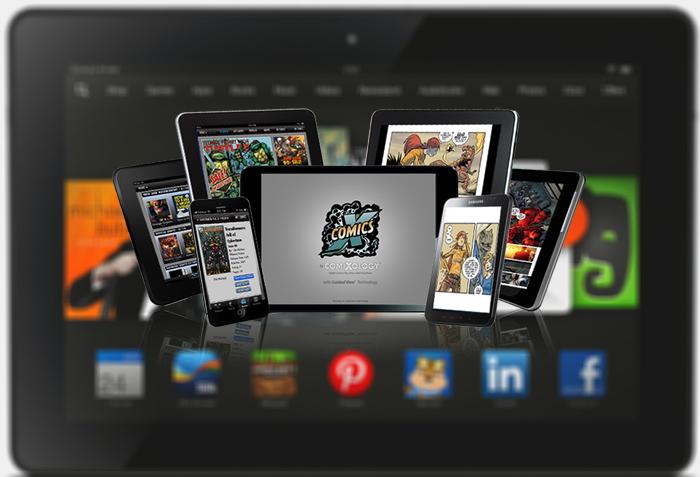
So I resize all the files so they’re 640 pixels tall, then I “adjust canvas size” in Photoshop and add in pillarboxes so that they come to the final recommended Kindle size of 525 pixels wide. Our pages are a different dimension than the Kindle screens. I’d just add to NOT use the greyscale images as Alex suggests above, but use the color images instead, for people using the Kindle apps instead of the Kindle itself to read your comic.Īrtist Niki Smith does some more tweaking with the IN MAPS & LEGENDS graphic files. Note also, if you name your image files something OTHER than screen001.jpg, screen002.jpg etc (with the cover as screen001.jpg) you will have to go through and change all the IMG tags in the main HTML Easy-squeezy! Of course it’s up to you to sort out your panels/lettering/page cutdowns so they’re legible at 525×640 pixels and in black and white… so not so great for superhero-style comics. When done, zip up the file, and upload it to the Amazon DTP. I strongly suggest only one image per page, and I use 525×640 greyscale images. Some tips about the JPG files, including the following from Alex de Campi’s excellent tutorial over at Bleeding Cool: You’ll also need a hi-resolution TIF file of your cover, which you’ll upload as part of the new book creation process at the Amazon system. For more info, see this excellent blog post by Manga & Mascara. UPDATE, : For newer Kindle devices like the Fire and HD, you may want to try formatting your pages to 600 x 1024. A set of JPG files, one for each page of your comic each page should be sized at 525×640 for best reading on the Kindle screen.A single HTML page with some navigation on it.mobi file format, but fortunately the Amazon Kindle Direct Publishing (formerly known as Amazon’s Digital Text Platform, or DTP) lets you upload a ZIP file with all the relevant files in it. However, Amazon provides a handful of free, downloadable Kindle apps that let you read Kindle ebooks without actually buying a Kindle.Īnd guess what? Your comic will be in COLOR on those apps. While Amazon’s Kindle was the breakthrough ereader in many ways, its biggest drawback for comics creators is that it only displays in black and white.

Just wanted to get that outta the way first. Relax - Kindle formatting is WAY easier than Nook formatting.

So I figured I’d cover how we created issues of IN MAPS & LEGENDS for the Kindle as well.

As I mentioned in my post about our downloads from 2010, Kindle downloads were our 3rd most popular format, after the Nook (here’s more about Nook formatting) and Comixology.


 0 kommentar(er)
0 kommentar(er)
